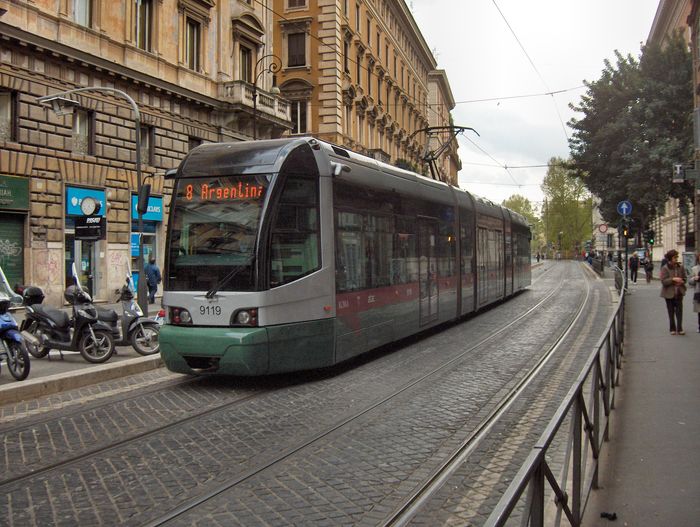With this publication, I will start a new section called “Top 10 Looks,” and I will prepare a series of publications on how similar objects, structures, cultural phenomena, people, and workers appear in different countries.
In today’s publication, we will talk about trams. Currently, tram lines are widespread throughout Europe. Trams began to appear en masse in large cities in the 19th century, and residents were much less critical of electric trams than horse-drawn ones because they did not produce a smell. By the mid-1910s, urban populations had become accustomed to trams, perceiving them as fashionable transportation for work and leisure, as well as a visual sign of the city’s prosperity. However, by the mid-20th century, some tram lines were closed as they were considered less efficient in terms of road usage. In recent decades, there has been a reverse trend, and tram networks in many European countries have significantly grown and continue to expand.
Let’s see what modern trams look like in the capitals of Europe.
1Tram in Oslo
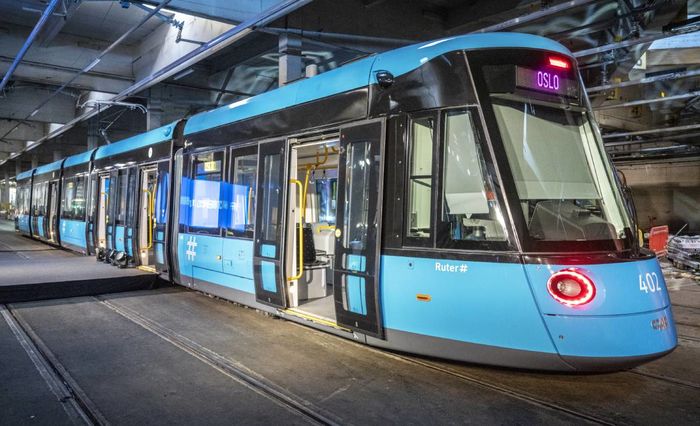
This is a new tram from CAF Urbo model SL18, which went into operation in 2020.
2Tram in Amsterdam
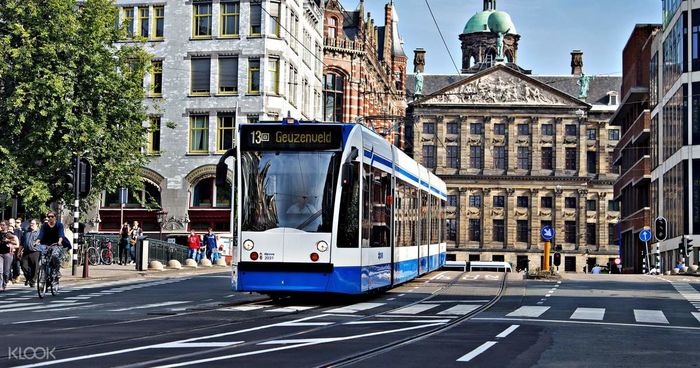
3Tram in Brussels
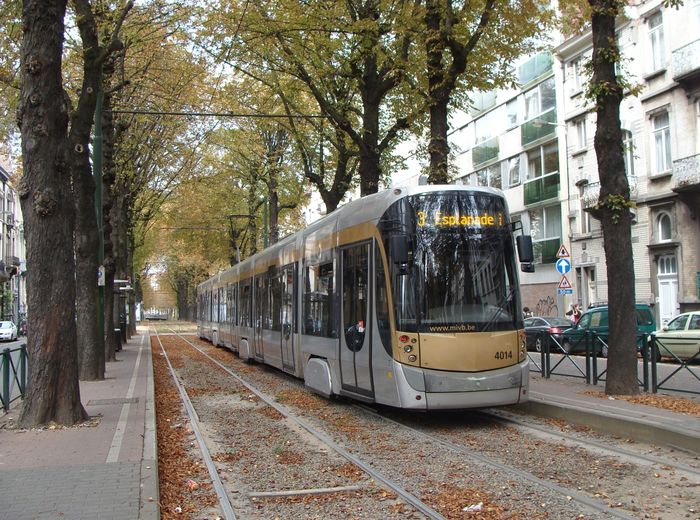
4Tram in Berlin
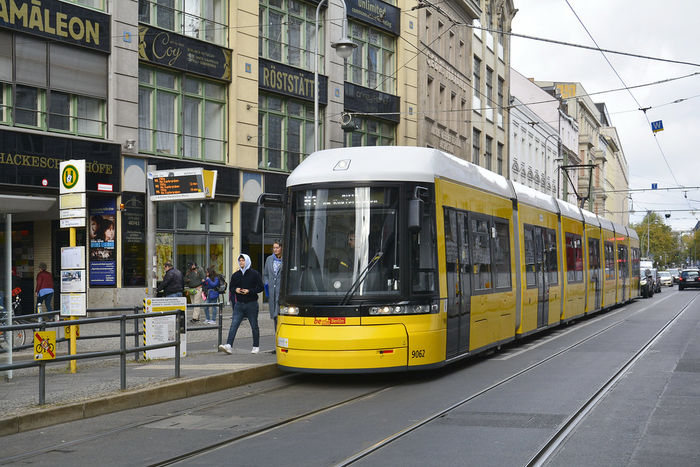
5Tram in Paris
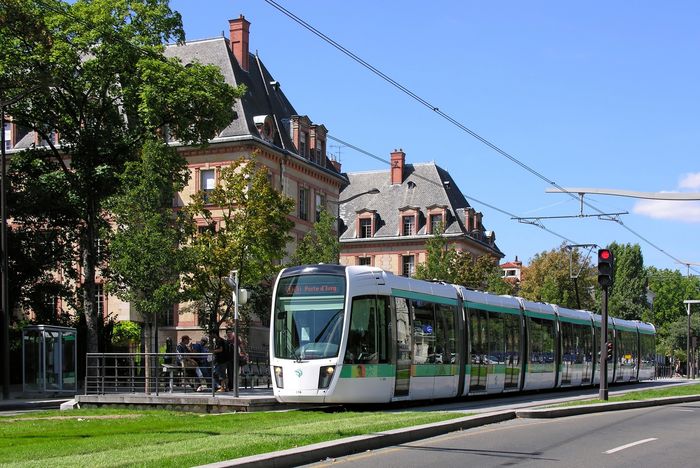
6Tram in Prague
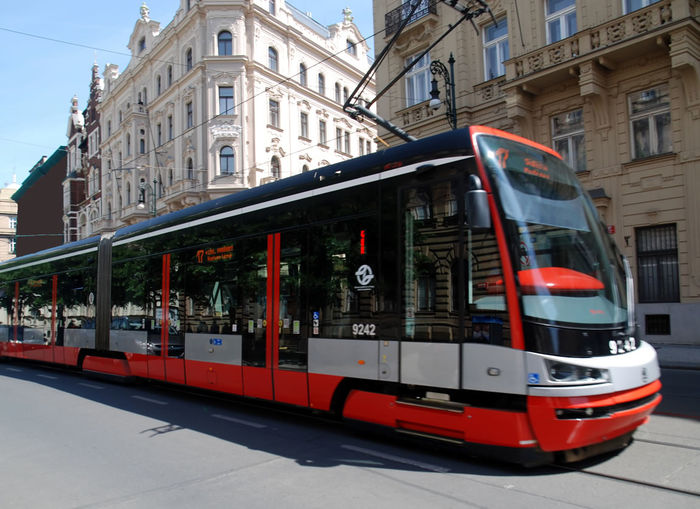
7Tram in Warsaw

8Tram in Vienna
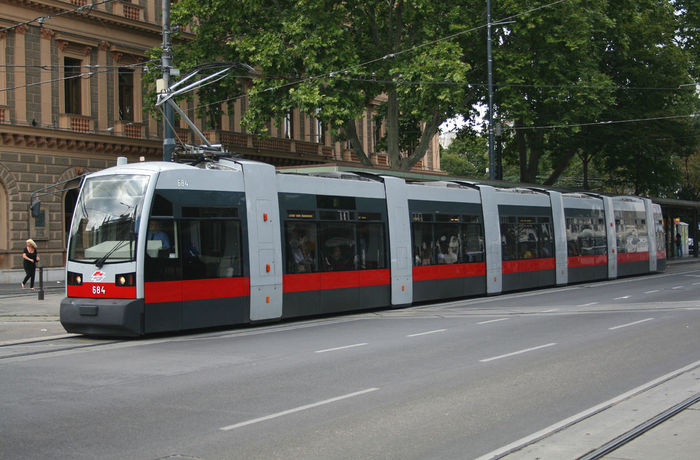
9Tram in Madrid
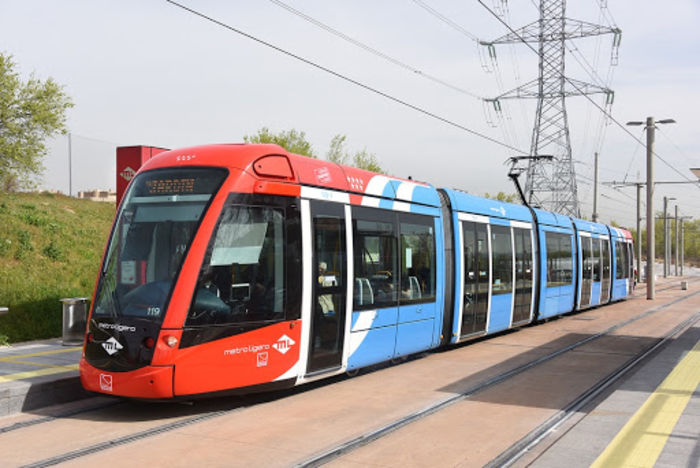
10Tram in Rome
